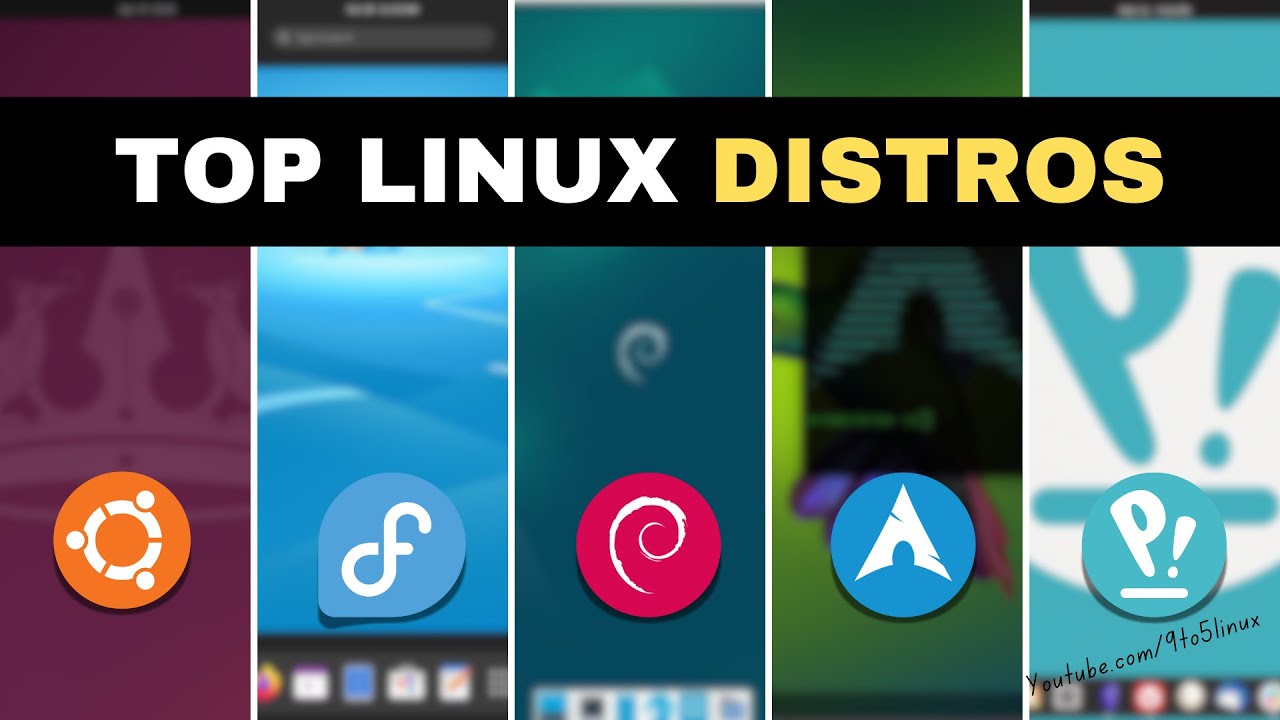Top Linux Tablet Operating Systems
For tablet devices, select Linux distributions must offer robust touch optimization, power efficiency, and hardware compatibility. Three leading options stand out for their professional-grade features.
Ubuntu Touch
Developed by the UBports community, Ubuntu Touch delivers a polished mobile experience with its Lomiri interface.
- Pros: Intuitive gesture controls, strong app ecosystem via OpenStore, solid battery management.
- Cons: Limited device driver support; occasional stability issues on non-mainstream hardware.
postmarketOS
As an Alpine Linux-based OS, postmarketOS targets longevity and community-driven adaptability.

- Pros: Lightweight resource usage, extensive portability across older tablets, secure by design with frequent updates.
- Cons: Requires advanced setup for apps; fewer pre-installed tools.
Fedora Silverblue
This immutable OS variant integrates well with convertible tablets via GNOME touch enhancements.
- Pros: Atomic updates ensure reliability, seamless desktop-tablet transitions, broad package availability.
- Cons: Higher resource demands; touch gestures may lag on entry-level devices.
Recommendation Summary
Choose Ubuntu Touch for user-friendliness, postmarketOS for versatility, or Fedora Silverblue for stability. Always verify compatibility with your tablet's chipset for optimal performance.











